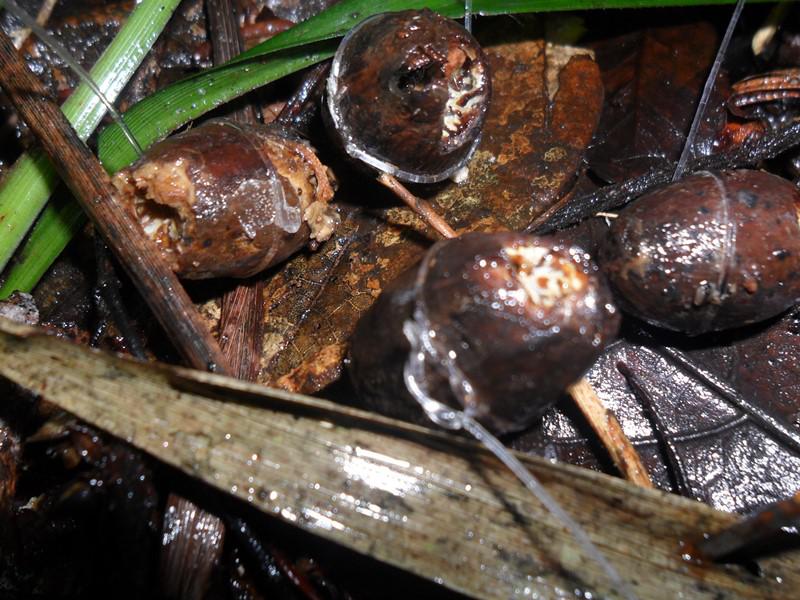Onja Harinala Razafindratsima
Other projects
2 Aug 2010
Functional Differences Within a Guild of Frugivorous Lemur Species: Impacts on Host-Plant Dynamics
28 Jun 2017
A Multidimensional Evaluation of the Conservation Implications of the Invasive Strawberry Guava in Madagascar
This study aims in determining the effects of anthropogenic disturbance on the phylogenetic diversity, fruit trait distributions and seed dispersal modes of co-existing plant species in habitats with different levels and histories of disturbance.

Seeds of Abrahamia thouvenotii preyed upon
Summary
This study aims in determining the effects of anthropogenic disturbance on the phylogenetic diversity, fruit trait distributions and seed dispersal modes of co-existing plant species in habitats with different levels and histories of disturbance.
Description
Habitat fragmentation and deforestation due to anthropogenic pressures have been alarmingly increasing worldwide. A central challenge in conservation is thus to understand how habitat alterations affect biological diversity and ecosystem functioning. Linking community structure patterns with habitat types representing different histories of disturbance and regeneration is important in term of our understanding of forest regeneration processes. Habitat disturbance is associated with loss of species diversity, change in species composition, extinction of rare species, and the establishment and persistence of invasive species. Reduction of species diversity in plant communities is related to the loss of shade-tolerant, large-seeded or animal-dispersed plant species. However, few studies have evaluated how such habitat changes affect the phylogenetic and trait structure of successional communities. One of the traits important to succession of disturbed plant communities is dispersal. Thus, by focusing on plant traits involved in seed dispersal, we hope to gain a better understanding of how disturbance might alter dispersal mutualisms and the roles animals play as dispersal agents, and affect the structure patterns of successional plant communities.
This study aims in examining the effects of anthropogenic pressures on the community structure of plant populations in a Malagasy rainforest with different histories of habitat disturbance. Such pressures include selective logging of large trees, forest burning for farming, and deforestation creating a mosaic of small fragmented forests and agricultural fields. Data will be obtained through survey of vegetation composition and seed dispersal modes in habitat with different histories of disturbance, and analyses of evolutionary relatedness among co-existing plant communities.
Understanding how habitat disturbance alters trait patterns and phylogenetic diversity and relatedness within communities is useful for predicting long-term consequences of anthropogenic change and can aid in predicting which species might be most sensitive. Besides its contribution to our understanding of community ecology and ecosystem maintenance, this proposed study is also expected to be useful in prioritizing conservation action toward protecting species in local communities, and preserving evolutionary history within communities in disturbed habitats in Madagascar forests and elsewhere. This study will provide insights on the long-term impacts of anthropogenic disturbance on the ecosystem.